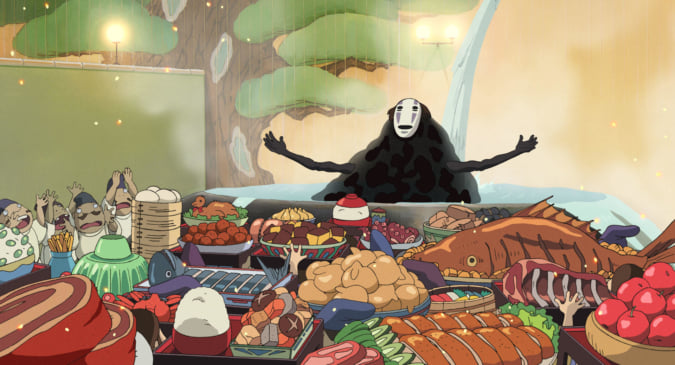Plunged into the Intimacy of the Violent World of the Yakuza
The daily life of organised crime in Japan is analysed by Korean photographer Seung-Woo Yang, who saw it all from the inside.

‘The Best Days (New Edition)’ by Seung-Woo Yang, 2019. Courtesy of Zen Foto Gallery.
Published for the first time in 2012, and quickly selling out, The Best Days by Seung-Woo Yang is now available once again in a new edition, brutally revealing the world that the photographer once frequented.
Born in 1966 in Jeongeup to a family of farmers, Seung-Woo Yang got in with a particular crowd and eventually entered the yakuza universe. The suicide of his best friend, who had just spent ten years in prison for having killed a rival, drove Seung-Woo Yang, in 1997, to leave the group for Tokyo, where he studied at the Nippon Photography Institute and at Tokyo Polytechnic University.
Money, Sex, and Power Struggles
Until 2006, Seung-Woo Yang returned regularly to his home country, capturing the lives of his childhood friends, still active members of the yakuza. The series The Best Days presents 138 black-and-white shots of a sordid environment built on violence, money, and sex, but also of daily life with sincere friendships cultivated among power struggles. His work quickly became known on the Japanese and Korean underground photography scene and here shines a light on a world to which photographers rarely have such intimate access.
The violence of these shots and the memories that they represent for Seung-Woo Yang have led the photographer to explain that he hopes to avoid exposing his young daughter to such a traumatic experience and therefore will only allow her to view the work once she is 20 years old.
In 2019, Zen Foto Gallery printed 700 copies of the new edition of The Best Days by photographer Seung-Woo Yang, following its initial publication in 2012.
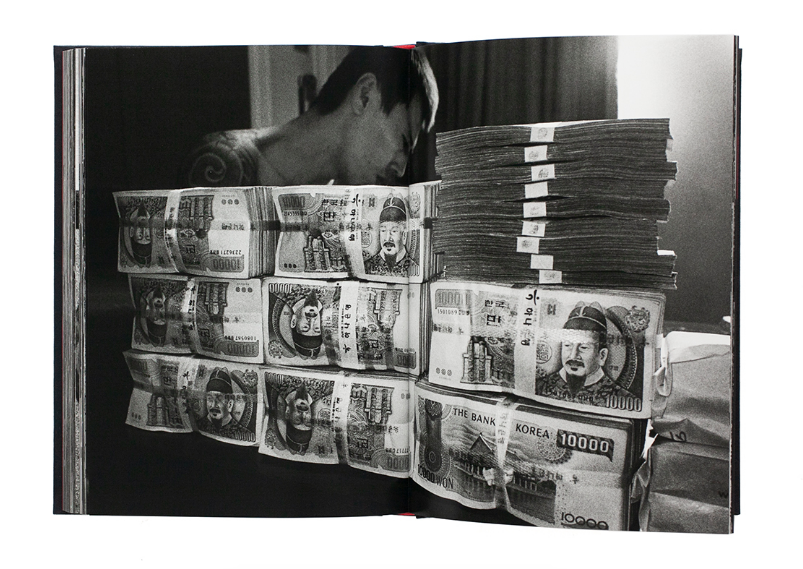
‘The Best Days (New Edition)’ by Seung-Woo Yang, 2019. Courtesy of Zen Foto Gallery.

‘The Best Days (New Edition)’ by Seung-Woo Yang, 2019. Courtesy of Zen Foto Gallery.
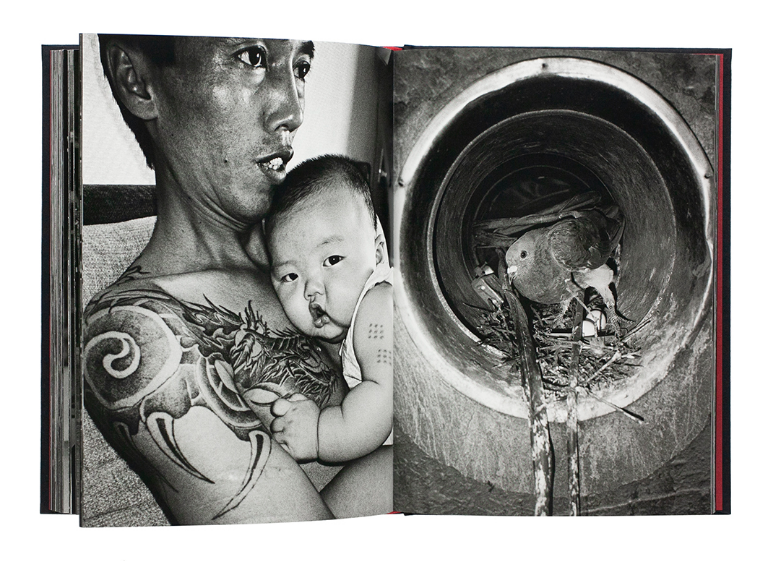
‘The Best Days (New Edition)’ by Seung-Woo Yang, 2019. Courtesy of Zen Foto Gallery.

‘The Best Days (New Edition)’ by Seung-Woo Yang, 2019. Courtesy of Zen Foto Gallery.
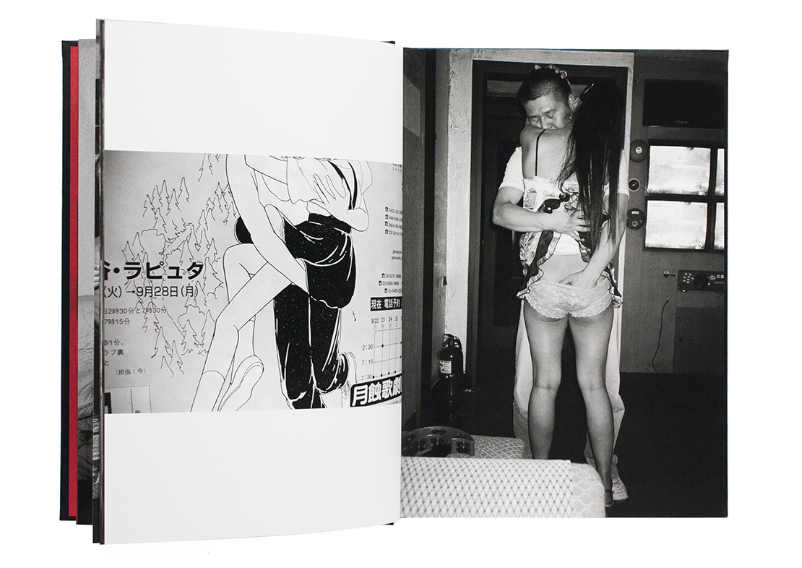
‘The Best Days (New Edition)’ by Seung-Woo Yang, 2019. Courtesy of Zen Foto Gallery.
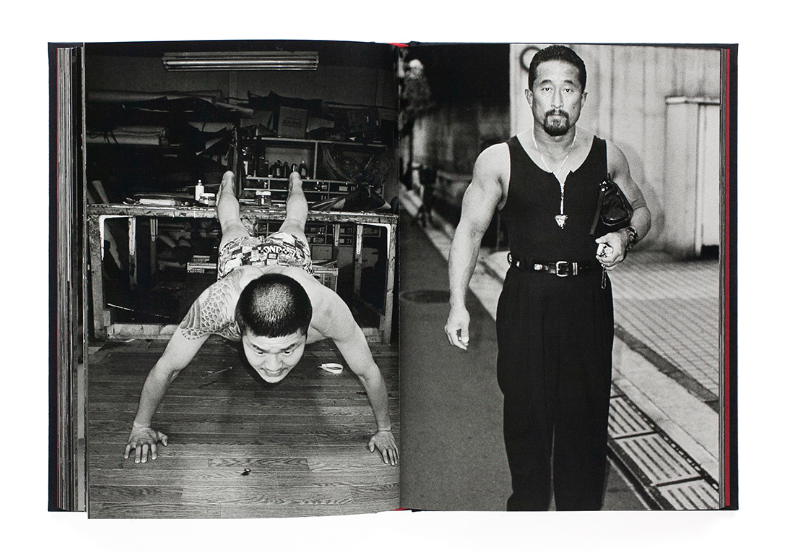
‘The Best Days (New Edition)’ by Seung-Woo Yang, 2019. Courtesy of Zen Foto Gallery.
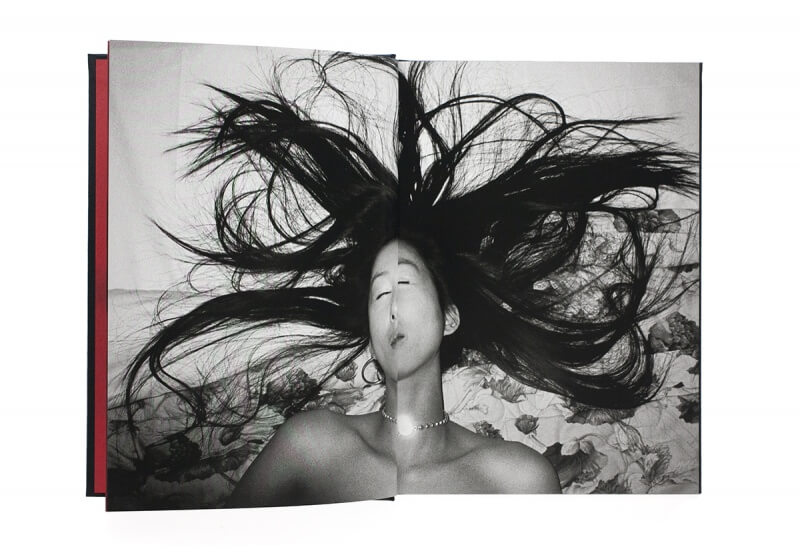
‘The Best Days (New Edition)‘ by Seung-Woo Yang, 2019. Courtesy of Zen Foto Gallery.
TRENDING
-
The Tattoos that Marked the Criminals of the Edo Period
Traditional tattoos were strong signifiers; murderers had head tattoos, while theft might result in an arm tattoo.

-
The Story of Sada Yacco, the Geisha who Bewitched Europe
Described by Dazed magazine as the first beauty influencer, she has been restored to her former glory since 2019.

-
Ito Jakuchu's Naturalist Paintings
From 15 September until 14 October 2018, the Petit Palais showcased the artist's iconic ‘Images of the Colourful Realm of Living Beings’.

-
Chiharu Shiota, Red Threads of the Soul
Last year, more than 660,000 people visited the retrospective 'Chiharu Shiota: The Soul Trembles' exhibit at the Mori Art Museum.

-
Studio Ghibli's Delicious Dishes Are More Than Just Details
Food, often inspired by the directors' favourite recipes, is a crucial element in the plot of these animated films.





